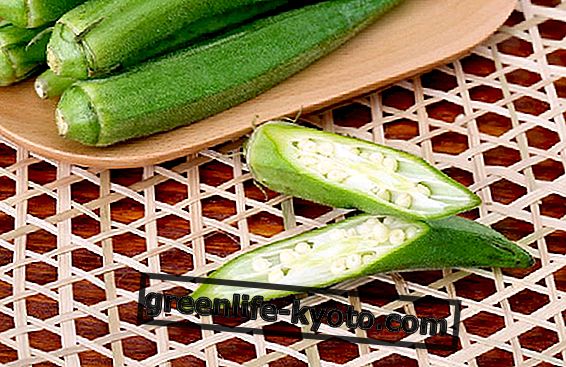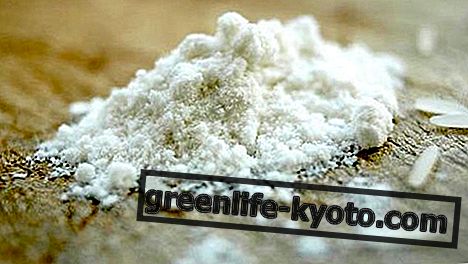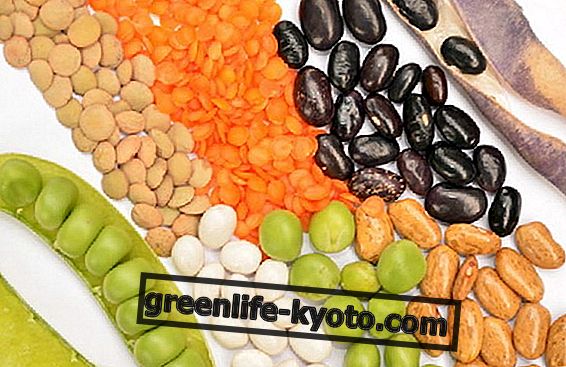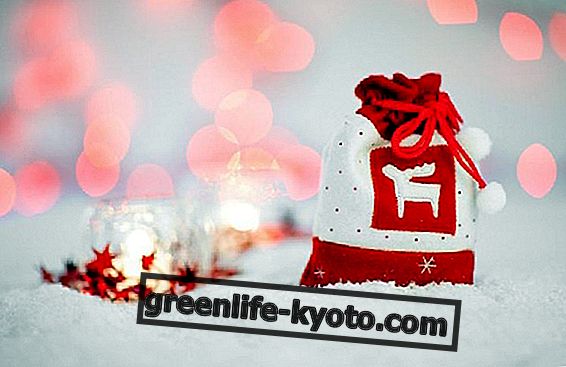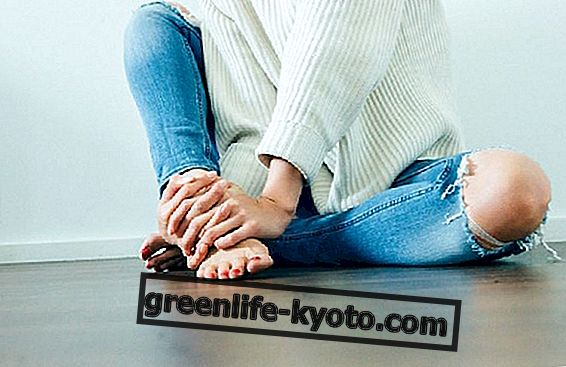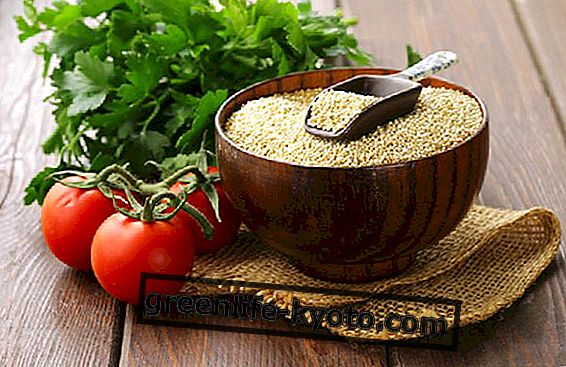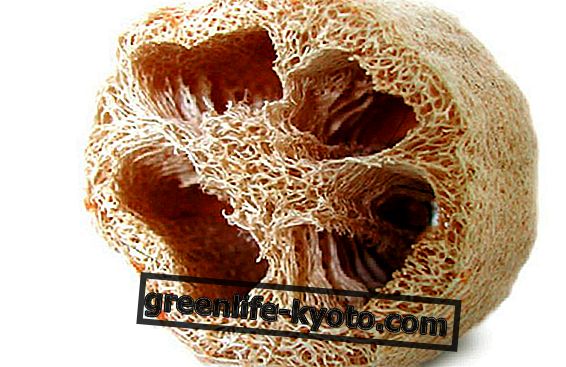
What is loofah?
In Indochina, Indonesia and in the countries of tropical Asia and South America the loofah know it well, either as an ornamental, food or officinal plant, or as a sponge and fibrous material. It is a plant from the family of cucurbits, that is to say pumpkins.
To see it, the loofah, looks just like a big climbing courgette, whose elongated and cylindrical shaped fruits are appreciated by many overseas cultures. Recently the cultivation of loofah has also appeared in Europe and is spreading also in Italy, especially in Sicily and Sardinia, where it is appreciated as a vegetable sponge. It is planted towards the end of March and is harvested in autumn, it requires a lot of water and space .
How can the loofah plant become a sponge?
When the fruit of the loofah matures, it dehydrates and loses most of its weight, but not the particular consistency, becoming inedible. The fibrous body that characterizes the loofah is what is then cut and used as a sponge for the body or for the crockery. In reality, the loofah does not throw anything away : the people who know it well have learned to appreciate the delicate taste of its still young fruits, its flowers and the healing and cleansing properties of its latex, obtained through the incision of the stem.
Once fully ripe, the fruit is skillfully peeled and what remains is a network of very light, spongy, elastic and spongy fibers: the loofah fruit reaches even 50 centimeters in length and a diameter of 20 centimeters!
How to use loofah sponges?
Vegetable sponges obtained thanks to loofah, a natural exfoliant are absolutely natural, hypoallergenic and biodegradable and represent an ecological alternative to sponges made with synthetic materials. The action of the loofah on the skin is beneficial: massaging the body with the lather soapy, spreading on the skin a layer of sweet almond oil, for example, you get a fantastic regenerating and exfoliating effect.
The skin immediately becomes smoother and softer and purifies itself. In addition, the loofah rinses easily and dries just as quickly, so as not to mold; lasts over time and is hygienic .
Other uses of loofah
The softer loofah variety with the wider fibrous texture, therefore less usable as a sponge, can be used to fill and stuff various household items, such as chairs, armchairs, sofas, or it can be used as a sole for slippers or as a sole breathable insole. Loofah is also often used for wrapping dish sponges.
Trivia : the Paraguayan Elsa Zaldívar was awarded the 2008 Rolex Award for the company for having devised a double project: instructing housewives on the processing of cylindrical loofah to obtain bath sponges and sandals, and combine the residues of vegetable sponge with plastic recycled, to convert them into sturdy material to build walls, certainly an eco-compatible technology and forest preservation.
Video : here is also the video on how to grow loofah!
